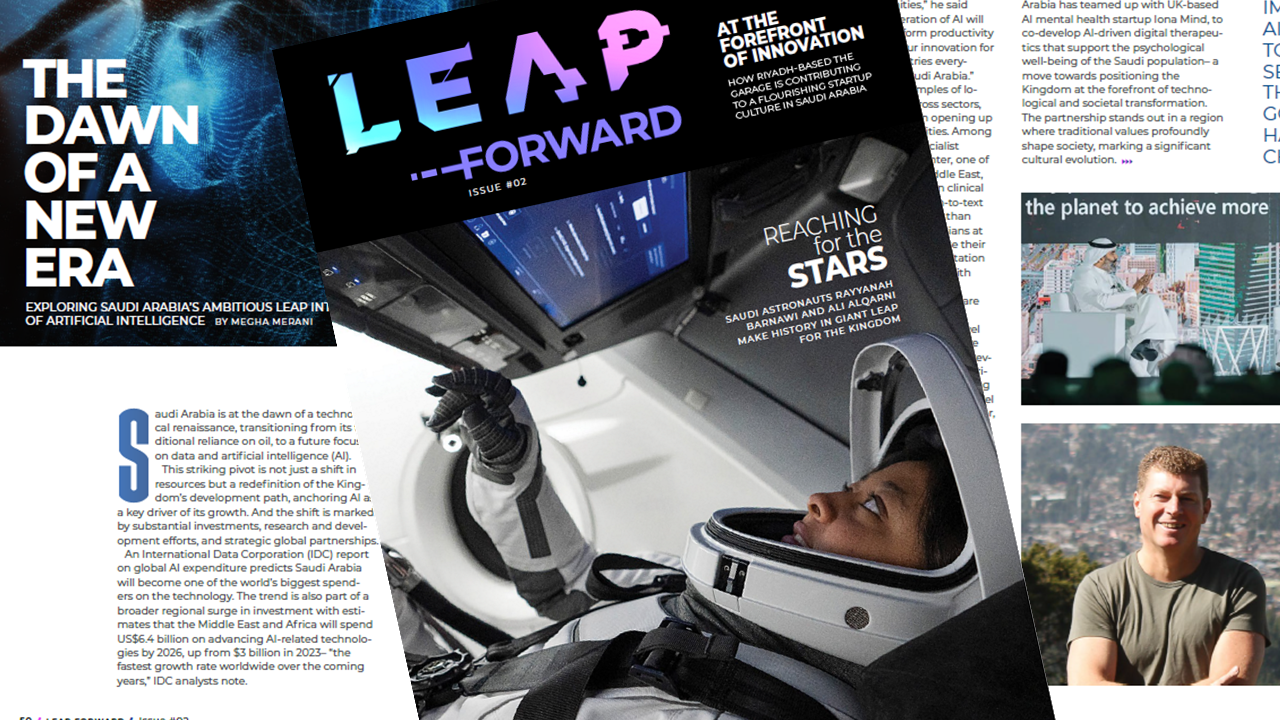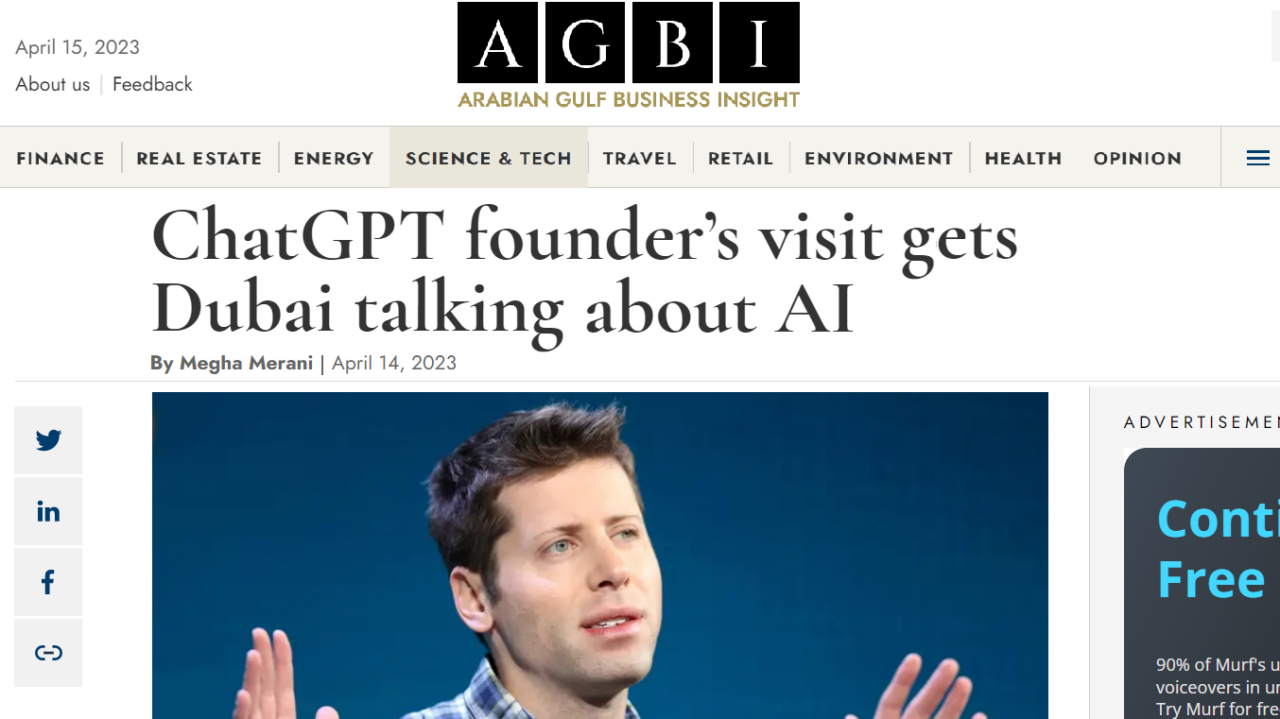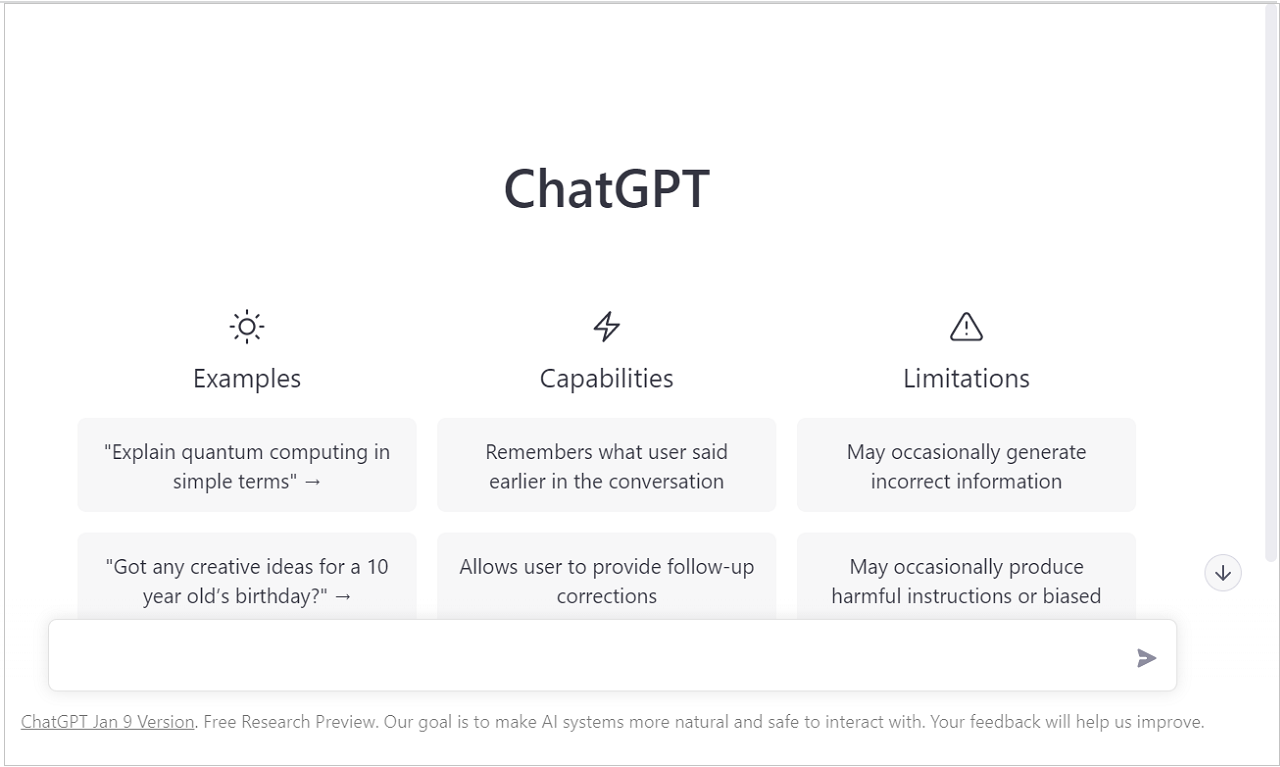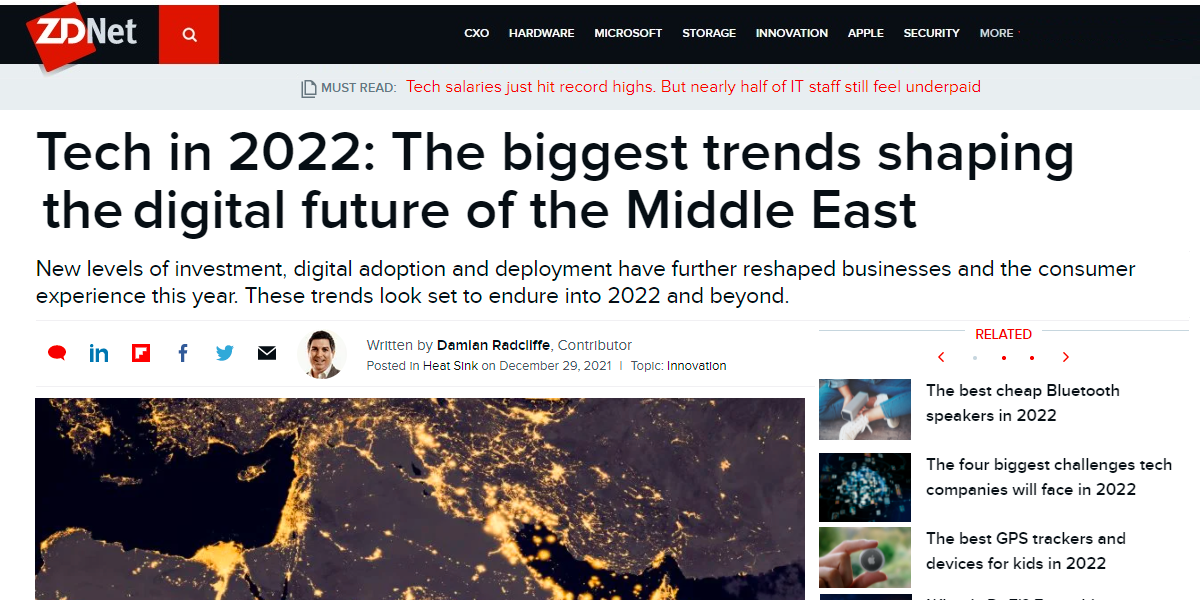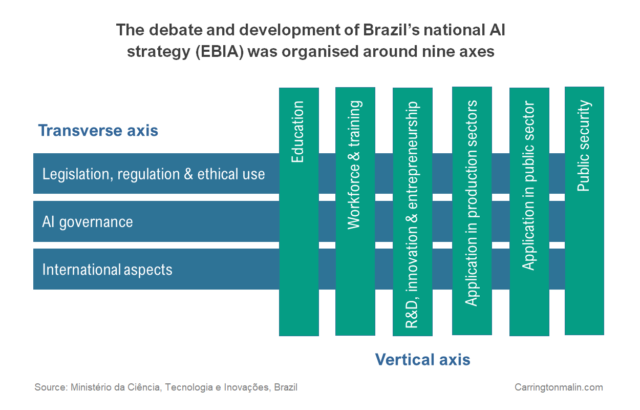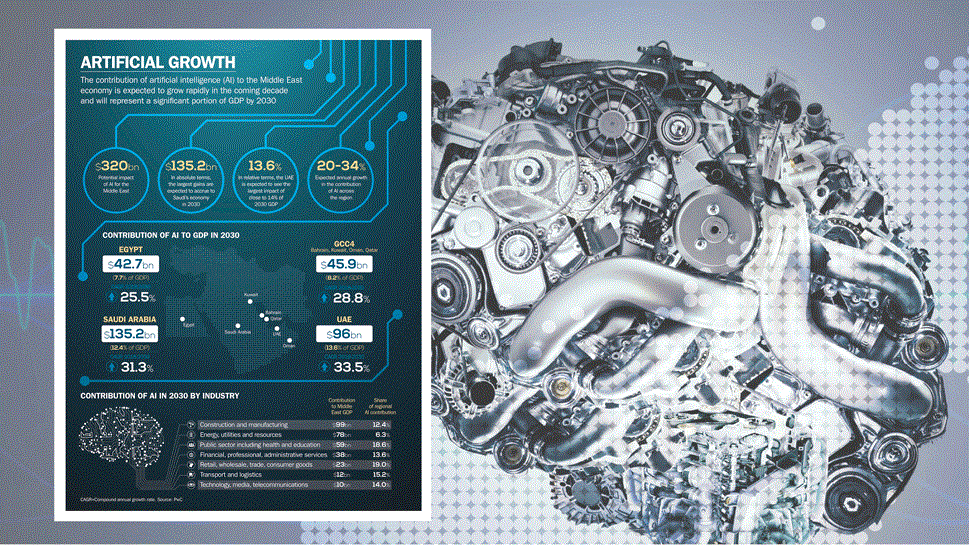So, you think that your AI generated content is fooling everyone? Think again.
If you are happily creating articles, posts and comments using Generative AI, feeling safe in the knowledge that no one will ever guess that your content is ‘AI’, dream on! Your audience is already developing a sixth sense to instantly tell human and GenAI content apart.
I’m telling you this to be kind. The more people that dismiss what you share as ‘fake’ AI content, the more chance there is that you are harming, not enhancing your personal brand.
So, as a well-known advocate of AI solutions and an intensive user of AI, why am I, of all people, telling you to be wary of posting AI generated content? To explain further, we have to consider the dynamics of today’s social media, the value of ‘Likes’ and how digital content impacts your ideal audience.
A common misconception is that more Likes equal greater validation of the content that you share. In reality, people Like your content for different reasons, while the volume of Likes can often have more to do with how the platform’s algorithm treats your piece of content, rather than its own particular merits.
So, who Likes your posts and articles?
-
- The people that know you best, or consider themselves to be your fellow travelers on the same journey, may give your content a Like purely to be supportive.
- People that follow the topics that you post about, may Like your content because it’s within their main area of focus, but that doesn’t mean they have to read it!
- Similarly, people that use LinkedIn or other social media to keep up-to-date with the news, may Like your content if it delivers an interesting headline.
- If you tag people or companies, then you may receive Likes in return, just on the basis that all publicity is good publicity.
- If your followers include a lot of coworkers, subordinates or students that you teach, you may receive a lot of Likes, because either (hopefully!) they like the job that you’re doing, or are seeking recognition, themselves.
- Then there are those that Like your content because they have read it, enjoyed reading it, or have derived value from doing so.
Make no mistake, that last category (the readers) are the minority!
If you’re a LinkedIn user then you will know that LinkedIn gives you the option to react to a post using different Likes (Celebrate, Support, Love, Insightful and Funny). I can’t count the number of times that I’ve seen the ‘Insightful’ Like used on posts with an erroneous, or broken link, to the content that they apparently found ‘Insightful’! Social media is a world where Love doesn’t mean love, Insightful doesn’t necessarily mean insightful, and Like doesn’t even have to mean like! In itself, the value of a Like is nothing.
Another factor to consider in assessing how well your content is doing, is that fact that your biggest fans may not react on social media at all! I frequently get comments about my articles, newsletters and reports via direct messages, Whatsapp, or offline during ‘real life’ conversations from people that never, or almost never, Like, comment or share on LinkedIn. Typically, these are my most valuable connections, such as senior decision makers, subject matter experts and public figures. It’s sometimes frustrating that they don’t Like or comment, but it’s far more important and valuable to me that they take the time to read my content.
AI generated content
So, returning to our topic of AI generated content, what is your measure for how successful your content is?
This obviously depends a lot on your own goals for creating that content to begin with. My goal, for example, is typically to provide value and insight to my targeted senior decision makers and subject matter experts. Their time permitting, these are my most valuable readers, and so I’m careful to ensure that their time will be well-spent reading my posts and articles.
Let’s consider your own goals, audiences and approach to content for a moment. Who are you trying to impress? What will encourage your top target audience to read your content and return to do so again and again? What is the key message that you want to reinforce? And what forms of content is your key audience most likely to consume and respond to?
Now, the big question is where does AI content fit in?
What’s the impact of one of your most valuable connections finding that your latest post, or article, is actually quite generic and clearly not written by you. Will that realisation affect how your connection thinks about you? And is that connection now more likely, or less likely to spend time reading your content in future? It probably depends on the format and purpose of that piece of content, and how appropriate the information used in it is for the reader in question.
However, let me be clear, before we proceed further. Before it sounds like I am dismissing all AI generated content. I am not. I use AI generated content in my work all the time, although rarely in the form it is first generated. I routinely edit and re-write most pieces of AI content.
What value does GenAI written content have?
Today’s AI generated text content (and I say today’s, because the quality and value of AI content is constantly changing) has different value depending on the format, purpose and type of information offered.
Format
- Due to the way that generative AI models work, they are the most convincing and most accurate the shorter the piece of text is. They can generate full blog posts and articles to an average quality, but the longer they are, the more apparent it is that the article lacks the nuance that a human writer would add. Meanwhile, where context is needed, most generative AI chat services draw primarily on content that may be months, or years old. Finally, since AI creates articles based on other articles that have been written by many other people (including both good writers, and poor ones), originality is not GenAI’s strong suit.
Purpose
- The usefulness of GenAI written text to you and your readers is going to heavily depend on the purpose of the content or communication. If your purpose is to simply inform, then GenAI provides a fast and efficient way of organising information and communicating key points. At the other end of the scale, if your purpose is to share new thinking, or influence the opinion of others, then there are definite pros and cons. If your purpose of using GenAI is to win recognition for being a great writer, then please, just don’t do it!
Information
- What type of information you wish to include in your content is also key to the value and usefulness that GenAI can provide. For example, if you wish to present an argument in favour of something, is this a logical argument based purely on the facts, or an opinion-led argument with few facts to rely on? Does the content you wish to share come from the public domain, or from the beliefs and values that you hold inside? AI is clearly going to be much better equipped to create content without opinion, beliefs or values. Where such thinking is important, GenAI needs careful input, guidance and revision, if it is to create content that is close to your own opinion, beliefs and values.
If you’ve following my thinking so far, then it will probably be obvious to you where the cracks begin to appear when you start publishing AI generated content, or try to pass it off as your own.
What are the risks?
Now ask yourself, where are the biggest risks for your personal brand in using GenAI to create your content and communications? What’s the worst that can happen if your contacts, connections, colleagues, peers and readers identify your content as AI generated? Again, I believe it depends entirely on the context.
As an avid consumer of content via Linkedin, my problem with AI generated content is two-fold: emotional and logical.
Why do I have an emotional problem with AI content? When I open and read a short post, a long post, or an article from a connection, I feel that I have some measure of vested interest. So, when I read their insight or opinion, only to find that it’s GenAI, I often feel a negative emotional response. My immediate reaction is that ‘this is fake’. It’s emotional because I often take the time to read such content to learn about, or to understand the other person’s opinion. So, it’s basically disappointment.
Secondly, there are a number of logical problems that I now have when discovering GenAI content out of context, or being passed of as original thinking. If I consider the content to be valuable, then I treat it the same as human generated content. Why wouldn’t I? However, life is rarely that simple! Here are some of the new social media quandaries that I come up against:
- When someone that I know and respect, posts GenAI content believing that it will pass as their own original written content, and it clearly fails to do so, should I tell them? Should I Like their content, even though I don’t? Do I have time to explain to them carefully and respectfully what the problem is?
- When someone posts an AI generated comment on one of my social media posts, blogs or articles, that simply repeats a fact from my content without sharing an opinion, posing a question or adding value, should I Like it? How should I reply? Or should I delete it to save embarrassment all round?
- When someone messages me and asks me to endorse a piece of content that looks like it was generated by ChatGPT in about 60 seconds, what do I say to them?
For what it’s worth, my own personal guidelines for using AI are to be as honest and transparent about my GenAI usage as I can. So, anything I use that has a significant element of GenAI created content in it, I now share with a credit or disclaimer.
It is true that GenAI can prove to be valuable to people that are not great writers, but it’s also true that it is only by gaining experience as a writer or editor, that you will have the tools to edit AI text content to be more human, and represent your personal brand better.
The famous horror-fiction writer Stephen King, says this in his book about writing:
“If you don’t have time to read, you don’t have the time (or the tools) to write.”
This is true of any form of writing.
When you’re learning to write better, writing ‘does what it says on the tin’. Reading and writing more comments will make you better at writing comments; reading and writing more social media posts will make you better at writing posts; while reading and writing more long-form articles will make you better at that. And each of those things will make you better equipped to more effectively use, edit and filter AI generated content to build your personal brand, rather than dilute it.
If you believe that you can skip that learning process and automate your content generation, without becoming its thoughtful moderator, then your GenAI content is probably only fooling one person: yourself.
If you enjoyed reading this article, you may also like:


